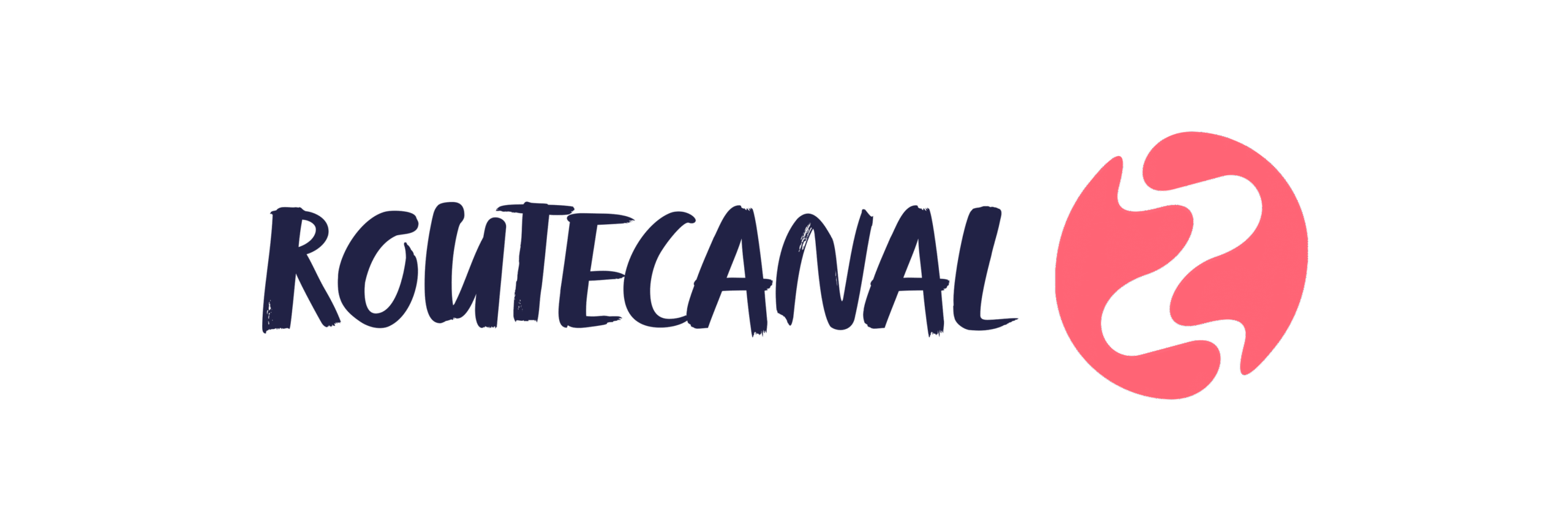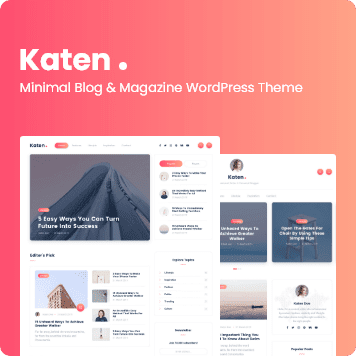Ever feel like there’s a wall between where you are now and the kind of artist or coder you want to be? I get it—between overwhelming tutorials, outdated platforms, and endless distractions, building real skills is hard. If you’ve ever wondered whether there’s a way to cut through the noise and see progress fast, you’re not alone.
I’ve spent years chasing after resources that promise growth but rarely deliver. That’s where atfbooru caught my attention—not just another toolset, but a living platform designed around the way creators actually work. The difference? It doesn’t just throw features at you; it focuses on making each step easier to grasp—and even easier to apply. Suddenly, complex ideas become tangible, feedback feels actionable (not cryptic), and skill-building stops being a solo grind.
But let’s back up: Why do so many passionate learners stall out before reaching their potential? What really stands in our way when we try to level up quickly in digital art or programming? And what if the right set of tools could break down those barriers once and for all?
The Roadblocks Creators Face When Building Skills With Traditional Platforms
- Cluttered interfaces hide essential functions behind menus nobody wants to dig through.
- Lack of instant feedback means mistakes go unnoticed until they become habits.
- Generic tutorials fail to adapt as your needs evolve—leaving gaps in knowledge that pile up over time.
The funny thing about creative growth is that motivation fades faster than most admit—even among pros. Without rapid wins or visible improvement, sticking with it becomes exhausting. For coders and artists alike, hitting invisible walls (“What does this error mean?” “Why does my linework still look awkward?”) zaps confidence just as quickly.
All of which is to say: Most online learning spaces aren’t built for how modern creators think—or how quickly they want results.
How Atfbooru’s Dynamic Features Solve Real Problems For Digital Creators
| Pain Point | Old-School Solution | Atfbooru Approach |
|---|---|---|
| Boring repetition slows progress. | Static exercises without context. | Interactive modules adapt on-the-fly based on your responses—so practice stays relevant and challenging. |
| No clear sense of advancement. | Sporadic badges or meaningless scores. | Skill-tracking dashboards make improvements visible—you know exactly what changed week by week. |
| Difficult debugging roadblocks. | Trawling forums for answers nobody has updated since 2017. | Crowdsourced solution feeds plus context-aware tips bring targeted advice right into your workspace when you need it most. |
If finding practical solutions sounds better than searching for generic hacks, you’re already thinking like someone ready for what atfbooru offers.
For those who crave deeper dives into modern creative platforms without settling for shallow gimmicks or one-size-fits-all advice,
atfbooru’s full suite awaits discovery here.
When was the last time an interface felt less like an obstacle—and more like momentum?
atfbooru: What Is It and Why Do People Talk About It?
Ever wondered why certain niche corners of the web get so much attention? That’s where atfbooru comes in.
People stumble upon this platform, usually after hearing rumors or reading offbeat online threads, and then wonder: what is atfbooru, who uses it, and what’s actually going on there?
If you’ve ever found yourself with more questions than answers about atfbooru—maybe you’re worried about privacy, safety, or even just plain curiosity—you’re not alone.
Here’s the basic rundown: atfbooru acts as a user-driven content archive that lets people upload images, tag them for easy searching, and browse shared galleries organized by community input. The design borrows from imageboard culture but carves its own identity through specific user interests and moderation quirks.
Some folks are drawn by nostalgia—remembering old meme hubs—while others want to understand how digital communities form around tagging systems and visual archiving. Still, many simply ask if it’s safe to visit or worry about running into unwanted material.
How atfbooru Operates in Practice
There’s no magic behind how atfbooru functions—but there are some clever tricks under the hood.
Users upload pictures (artwork, memes, reference shots), then slap on descriptive tags so future browsers can find exactly what they’re looking for. The tagging system is both the site’s strength and headache—it brings order to chaos but depends heavily on community effort and goodwill.
- Tagging: Anyone can add or refine tags to help sort images into logical categories.
- Moderation: Volunteers monitor uploads for content violations; decisions can spark heated debates.
- User Interface: Simple search tools let you filter images based on keywords or themes.
- Community Discussion: Forums pop up for everything from best-tagging practices to sharing favorite finds.
The whole idea sounds simple enough until you realize how quickly thousands of uploads pile up—and suddenly keeping things organized feels like bailing out a leaky boat with a thimble.
Here’s an example: Imagine someone wants rare car schematics. They type their keywords in; if past users tagged those right (like “blueprint” or “engine diagram”), results show up instantly. If not? Well… cue the treasure hunt.
The Real Concerns Surrounding atfbooru Content Moderation
Let’s be honest—the web isn’t always neat and tidy, especially when platforms rely mostly on unpaid volunteers rather than professional oversight. With atfbooru, that means moderation standards might shift depending on who happens to be online any given day.
This unpredictability leaves room for all sorts of content slipping through cracks before anyone notices. Users often share stories where questionable uploads lingered for hours—or even days—before getting flagged down by someone attentive enough to care.
At the same time, hyper-vigilant moderators sometimes take action too swiftly, axing art pieces that weren’t breaking rules but looked suspicious from afar. That balancing act between over-moderating versus letting risky stuff slide keeps everyone guessing… and talking.
Search engines pick up these waves of activity too—which explains why searches like “is atfbooru safe” spike whenever drama hits public forums.
For regulars invested in maintaining quality archives (and avoiding trouble with law enforcement), clear-cut guidelines matter just as much as technology solutions. But without consistent enforcement? It’s a toss-up every session.
User Experience: Searching Tags vs Discovery Chaos on atfbooru
Browsing atfbooru is never dull—it’s equal parts exhilarating scavenger hunt and head-scratching maze. Thanks to crowdsourced tagging habits (“does this count as ‘retro tech’?”) finding ultra-specific references gets easier each week… unless groupthink muddles things up instead.
Newcomers often feel lost sifting through eclectic galleries until they start picking up local lingo—a crash course in digital anthropology if there ever was one! Regulars trade tips via private messages:
“Try filtering by artist name AND date range—that weeds out low-quality spam.”
But with freedom comes clutter; trends ebb fast. Last month’s top tag fades overnight when meme cycles pivot or new fandoms descend en masse bringing fresh energy—and confusion—to organizing efforts all over again.
So if you land here expecting perfection? Lower expectations helps make the ride smoother!
The Future of Tag-Driven Communities Like atfbooru
As web culture shifts toward algorithm-driven feeds elsewhere (hello TikTok!), platforms like atfbooru still put power firmly in users’ hands. Whether that’s sustainable remains an open question: Can manual tagging compete long-term against AI curation?
Some believe hand-picked archives offer richer context than automated filters ever could—others say it’s fighting yesterday’s battle with outdated tools. Either way, passion projects like this thrive only as long as their communities stay engaged—with vigilance about safety plus creativity in organization both needed side-by-side.
All of which is to say: For now, spaces built around collective cataloguing aren’t going extinct anytime soon—even if navigating them stays tricky waters indeed.
So next time someone asks “what makes atfbooru different?”, point them here—and remind them every click shapes what survives tomorrow’s digital tides.
atfbooru’s Rise: What Drives Its Online Obsession?
Let’s cut through the noise—why is atfbooru suddenly on everyone’s radar? People don’t wake up caring about obscure platforms unless there’s a real itch it scratches, or a serious concern lurking beneath. Is atfbooru just another niche site lost in the algorithm shuffle, or does it tap into something bigger?
I keep hearing folks ask: “What exactly is atfbooru?” Or, even more to the point: “Why does this one name keep popping up in weird corners of the web?” Here’s what I see—there’s an entire ecosystem built around sites that promise uncensored content and open communities. That freedom draws users looking for alternatives to mainstream gatekeepers.
But let’s not ignore what else comes with that territory. Whenever you have minimal moderation and fast growth, two things happen: creativity flourishes (sometimes in wild directions), but so do all sorts of headaches. The truth is, atfbooru exists because there’s demand—for spaces where people can post without hand-holding. Yet every time you remove rules, you invite risks most platforms aren’t willing to touch.
The Mechanics Behind atfbooru: How Does This Platform Really Work?
Most descriptions toss around technical jargon like “tag-based imageboard” and call it a day. But what actually keeps atfbooru ticking? Under the hood, we’re talking about user-generated uploads organized by tags—think Reddit meets Pinterest but stripped down and hyper-focused on visual content curation.
Here’s how most folks interact with these kinds of sites:
- You upload images (anonymously or semi-anonymously)
- You add tags—these define everything from character names to themes
- The community votes, comments, and sometimes remixes content
- No central authority decides what stays up unless it breaks some basic rule set
Images live or die based on engagement—a pure democracy of attention. On paper, this lets underrepresented art thrive; new memes surface overnight; subcultures find each other instantly.
Risks Lurking Beneath atfbooru’s Surface Content Moderation and User Safety Realities
People say they want total freedom online until they see where that road leads. Here’s the problem no one wants to talk about with platforms like atfbooru: when oversight drops to zero, harmful stuff creeps in faster than anyone can blink.
You get a perfect storm—passionate contributors uploading edgy material plus almost no friction to stop trolls or bad actors. That means yes, users can encounter everything from questionable legal content to targeted harassment if left unchecked. There are stories floating around forums right now about copyright violations getting missed for weeks—or even worse, graphic posts slipping past half-hearted filters.
The core issue: When your model depends on crowdsourced moderation instead of dedicated staff or AI tools trained for nuance… You’re rolling dice every single day.
The Bigger Picture Where atfbooru Fits In Web Culture Today
If we zoom out beyond keywords like “tagging system” or “open forum culture“, here’s why atfbooru matters—it represents that constant tug-of-war between digital freedom and social responsibility.
But history shows us what happens next:
– Eventually controversy hits
– Communities fracture over where lines should be drawn
– Regulators step in—or hosting providers pull the plug
And yet… alternative boards keep resurfacing because demand never dies out completely.
Pushing Forward Lessons From atfbooru For Future Platforms
If you build anything even remotely similar—be honest about tradeoffs upfront. There will always be tension between letting creativity run wild versus keeping people safe from exploitation and abuse.
So what’s my advice after seeing cycles repeat across countless platforms? Nail three things:
– Clear guidelines: Don’t make them up as you go along.
– Actual enforcement: Automated tools help only if someone checks their blind spots.
– Transparency: If things go sideways—and sooner or later they do—own up quickly.
This isn’t just theory—I’ve watched tight-knit communities implode overnight after ignoring those basics.
All of which is to say: If you’re eyeing success in online spaces (or hoping not to land on tomorrow’s headline for all the wrong reasons), learn from atfbooru’s playbook—the good, the bad, and everything nobody wants talked about aloud.
That balance between open expression and real safety? It’ll never stop being relevant.







